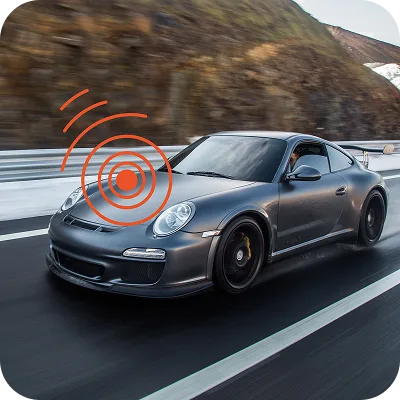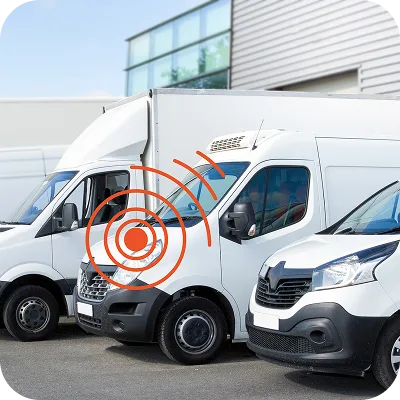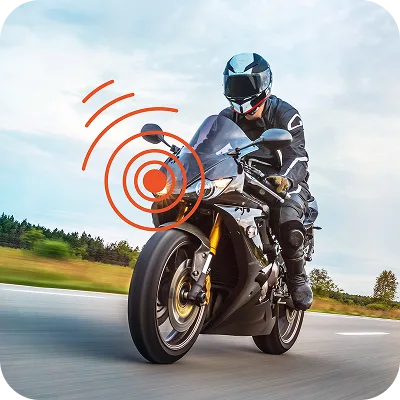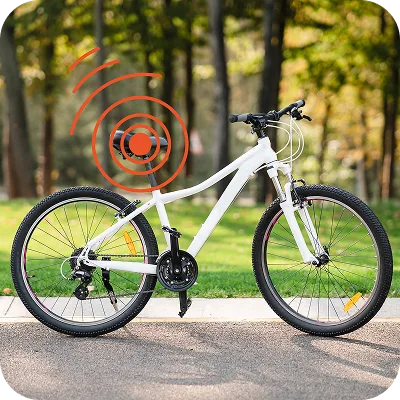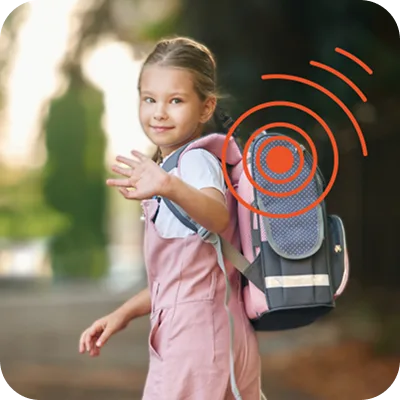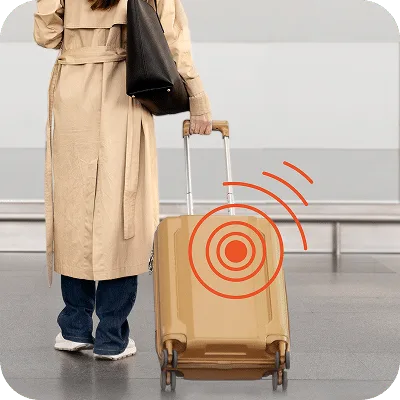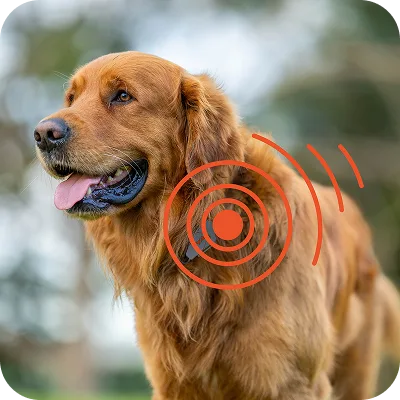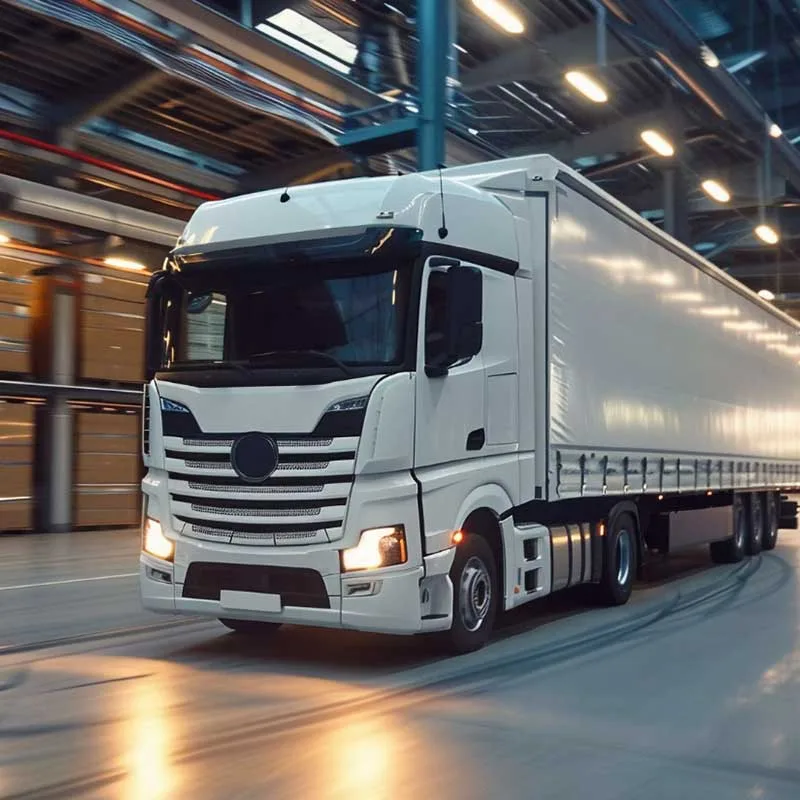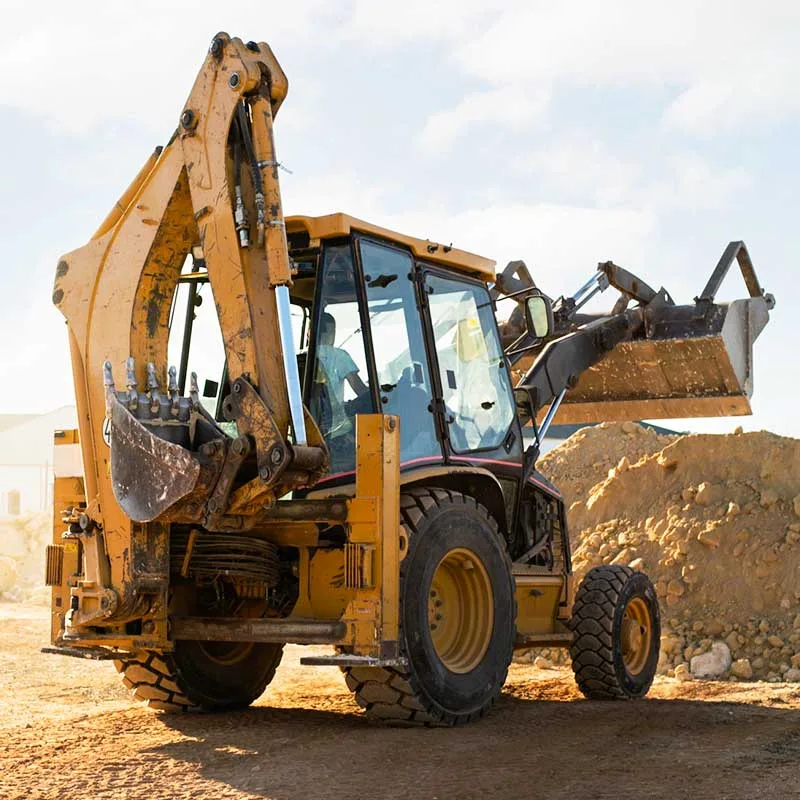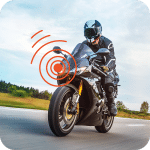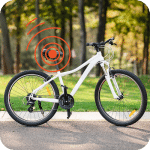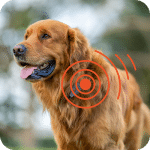Live Tracking vs Route History: Making the Most with GPS Data
850,708.
The figure represents the number of vehicle thefts reported in the US during 2024.
That’s not a random number. That’s nearly a million people who walked out to their driveway or parking lot and found nothing but empty space.
The alarming number raises a big question..
How do you keep your vehicle safe no matter where it is?
For many people, the answer will be GPS tracking. But once you install a GPS tracker, there’s another question you might ask:
What’s the difference between live tracking and route history, and which one actually helps more?
Let’s take a look :
What Live Tracking Does
A Live tracking feature allows you to track your vehicle’s exact location in real-time. If your car is on the move, you’ll see it on the map. If it’s parked, you’ll know exactly where.
This feature is especially helpful in moments when something unexpected happens. If your car gets stolen, you don’t have to guess where it might be. Real-time tracking saves time, and in many cases, it can be the difference between recovering your car or losing it for good.
But it’s not just for emergencies. Live tracking is useful every day. You can:
- Keep an eye on your kids to check if they arrived safely at school.
- Know where your work van is during a job
- See if a delivery is on schedule
- Spot unexpected movement when your car should be parked
Live tracking gives you the “right now.” Route history shows you the “what just happened.”
What Route History Shows You
Every movement your vehicle makes gets recorded, so you can go back and see where it was, when it was there, and how long it stopped. The same goes for business use. Need to check if a driver took the fastest route or made unauthorized stops? It’s all there. Time stamps, speeds, locations, you’ll know everything.
It will help you answer questions like:
- Did my driver take the assigned route?
- How long was the stop at the customer’s location?
- Was there any unusual detour?
And if you manage a small fleet, it becomes your best tool for improving efficiency. You’ll spot delays, find the route optimizations, and figure out patterns that waste time or fuel.
So, Which One’s Better?
Live tracking and route history aren’t rivals. They’re more like a power duo. Each covers what the other can’t.
Live tracking is your go-to for right-now decisions. If something seems off, you can act fast. Route history, on the other hand, is your long-term game. It helps you analyse, improve, and confirm what happened. It’s the feature you turn to after the fact and to follow up, verify, or just stay informed.
Together, they let you play both offence and defence. You stay proactive and stay informed.
Why PAJ GPS?
Lots of trackers offer basic features. PAJ GPS doesn’t stop there.
Our devices come with user-friendly apps and clear visuals, so you’re not stuck with clunky, hard-to-read GPS data. If you are using either the PAJ FINDER Portal or the mobile app, you’ll get clean maps, smart alerts, and easy-to-read history logs.
You also get geofencing, vibration alerts, and battery status updates. That means your GPS is keeping you informed if something weird happens. Did your vehicle move at 2 am when no one should’ve touched it? You’ll know.
Our hardware is built to last, with trackers for everything from personal cars to company vans. Plus, setup is a breeze. No complicated wiring. No tech headaches with 24/7customer support.
Conclusion
You don’t have to pick between live tracking and route history. You need both. One keeps you informed in the moment. The other gives you the full story after the fact. When you combine both, your GPS data will help you connect the dots on the map. Because when it comes to your car, your business, or your peace of mind, real-time data and reliable history should be at the top of your priority list.
So if you’re serious about security, efficiency, or just plain knowing what’s up, a PAJ GPS tracker gives you the tools to stay ahead.
Ready to stop guessing and start knowing?
Check out PAJ GPS trackers today and see how smart tracking can work for you.
